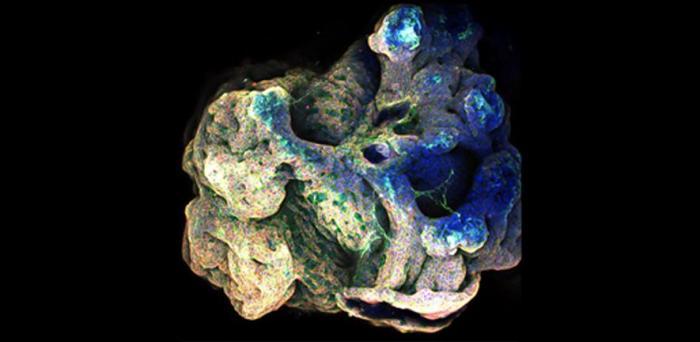The researchers, from the University of Cambridge, used their method to culture and grow a ‘mini-airway’, the first time that a tube-shaped organoid has been developed without the need for any external support.
Using a mould made of a specialised polymer, the researchers were able to guide the size and shape of the mini-airway, grown from adult mouse stem cells, and then remove it from the mould when it reached the point where it could support itself.
Whereas the organoids currently used in medical research are at the microscopic scale, the method developed by the Cambridge team could make it possible to grow life-sized versions of organs. Their results are reported in the journal Advanced Science.
Organoids are tiny, three-dimensional cell assemblies that mimic the cell arrangement of fully-grown organs. They can be a useful way to study human biology and how it can go wrong in various diseases, and possibly how to develop personalised or regenerative treatments. However, assembling them into larger organ structures remains a challenge.
Other research teams have experimented with 3D printing techniques to develop larger mini-organs, but these often require an external support structure.
“Mini-organs are very small and highly fragile,” said Dr Yan Yan Shery Huang from Cambridge’s Department of Engineering, who co-led the research. “In order to scale them up, which would increase their usefulness in medical research, we need to find the right conditions to help the cells self-organise.”
Image: 3D projection of a multi-organoid aggregate
Credit: Catherine Dabrowska
Reproduced courtesy of the University of Cambridge
